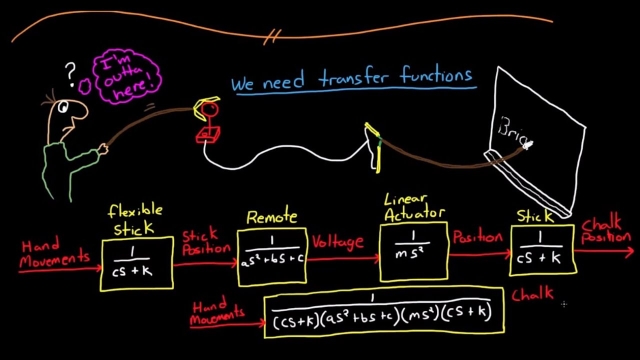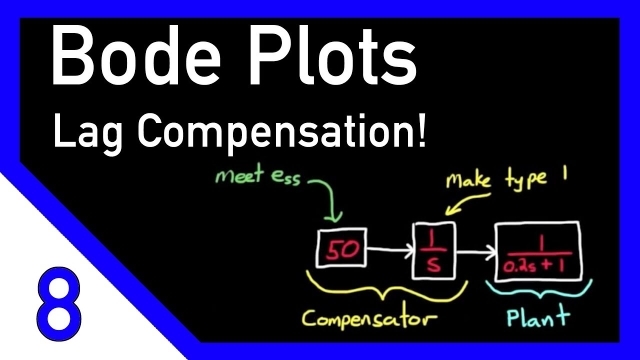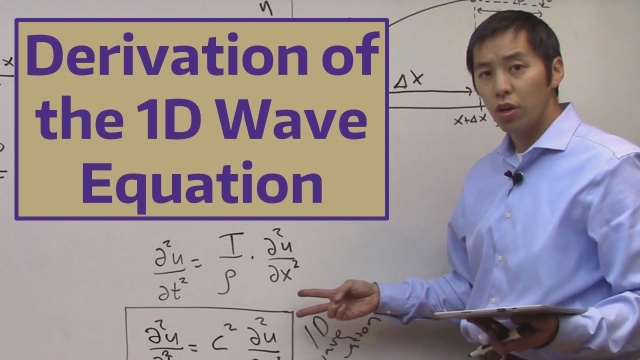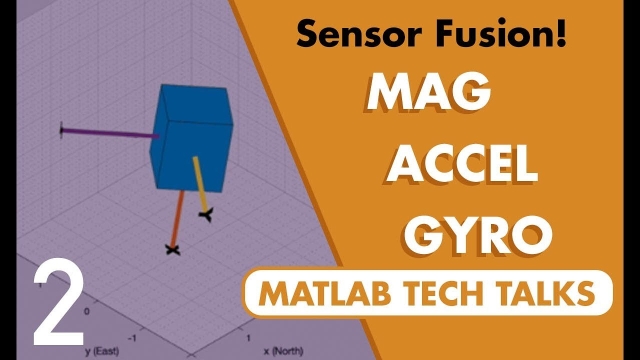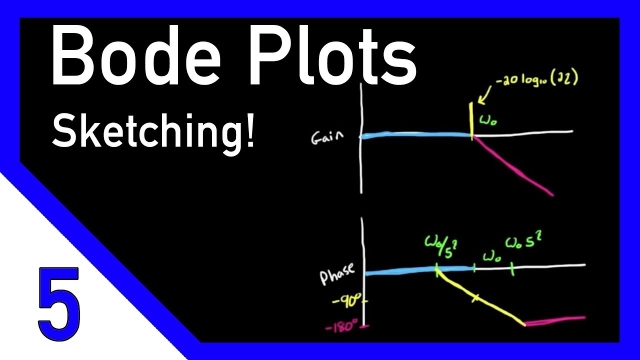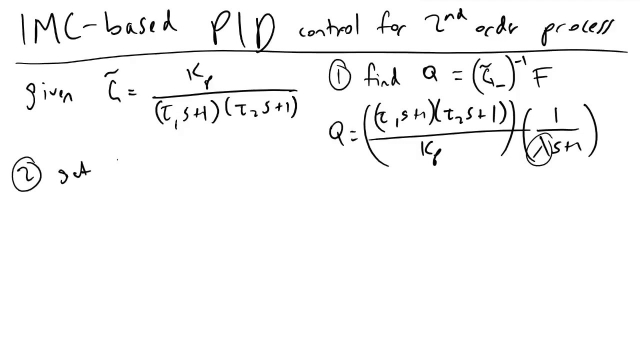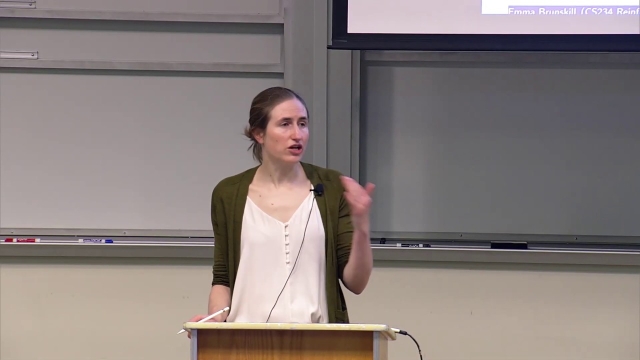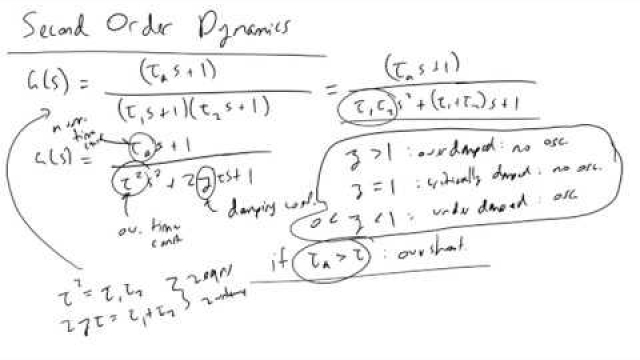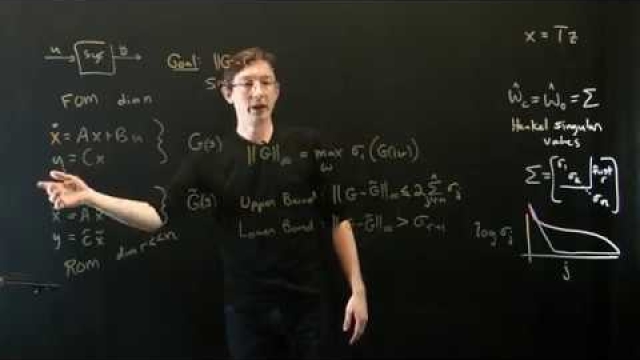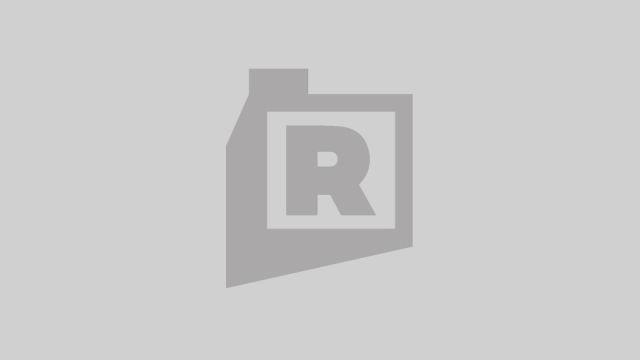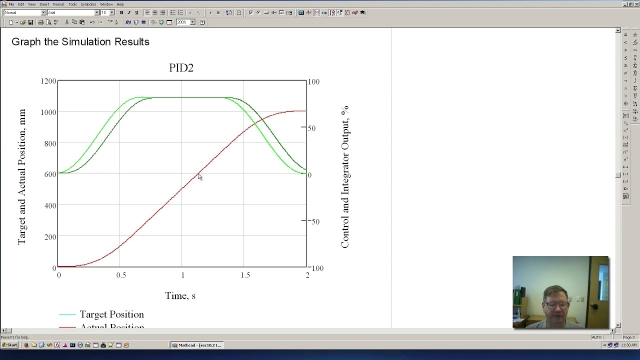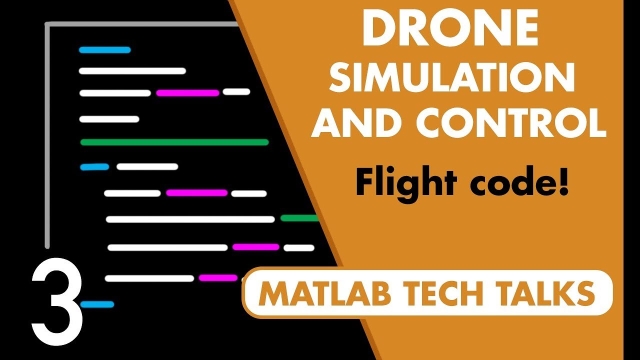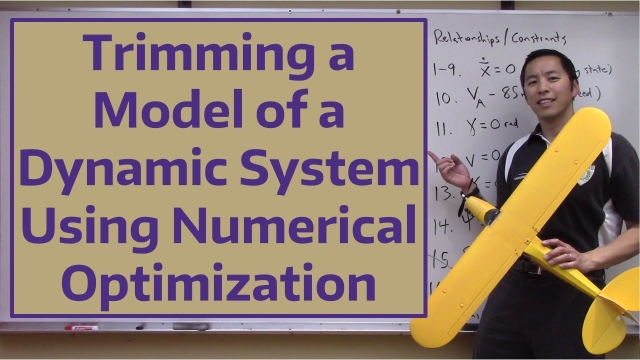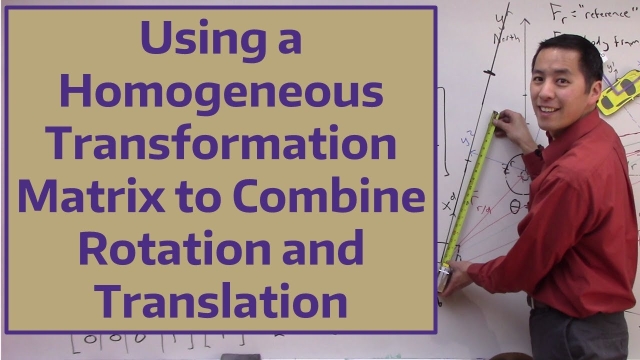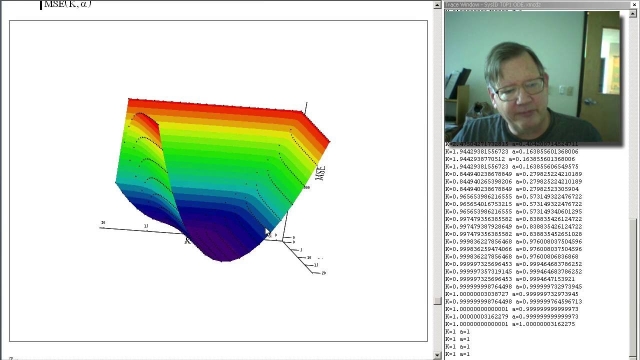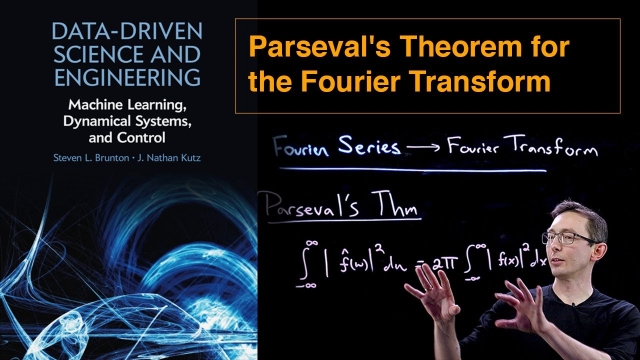
Transfer Functions: Introduction and Implementation
In this video we introduce transfer functions and show how they can be derived from a set of linear, ordinary differential equations. We also examine how to...
See MoreLecture 21: Introduction to Frequency Response
Control Systems Lectures - Transfer Functions
This lecture describes transfer functions and how they are used to simplify modeling of dynamic systems.
See MoreComputing Euler Angles: The Euler Kinematical Equations and Poisson’s Kinema...
In this video we discuss how the time rate of change of the Euler angles are related to the angular velocity vector of the vehicle. This allows us to design an algorithm to consume...
See MorePosicast Control 6 - ( In English)
This video presents the transition from half-cycle to other cycles ( third-cycle, fourth-cycle,..)
See MoreLecture 23: Bode plots
Designing a Lag Compensator with Bode Plot
This video walks through a phase lag compensator example using the Bode Plot method.
See MoreDerivation of the 1D Wave Equation
In this video, we derive the 1D wave equation. This partial differential equation (PDE) applies to scenarios such as the vibrations of a continuous string. ...
See MoreSVD and Alignment: A Cautionary Tale
This video describes the importance of data alignment when performing the singular value decomposition (SVD). Translations and rotations both present challenges for the SVD.
See Morecrash course on complex numbers
In this video, we quickly review “Complex Numbers”. The following materials are covered:1- Cartesian and polar representation of complex numbers2- how to con...
See MoreUnderstanding Sensor Fusion and Tracking, Part 2: Fusing a Mag, Accel, and G...
This video describes how we can use a magnetometer, accelerometer, and a gyro to estimate an object’s orientation. The goal is to show how these sensors contribute to the solution, and to...
See MoreBode Plots by Hand: Complex Poles or Zeros
This is a continuation of the Control Systems Lectures. This video describes the benefit of being able to approximate a Bode plot by hand and explains what a Bode plot looks like for a...
See MoreTime domain - tutorial 8: LTI systems, impulse response & convolution
In this video, the following materials are covered:1) the beauty of linear & time invariant (LTI) systems2) why the impulse response of an LTI system is so i...
See MoreIMC PID Design of a Second Order Process
IMC PID Design of a Second Order Process
See MoreStanford CS234: Reinforcement Learning | Winter 2019 | Lecture 16 - Monte Ca...
Professor Emma Brunskill
Assistant Professor, Computer Science
Stanford AI for Human Impact Lab
Stanford Artificial Intelligence Lab
Statistical Machine Learning Group
Second Order Dynamics
A crash course overview on second order dynamics in the frequency domain, what the key parameters are, and why they matter.
See MoreData-Driven Control: Error Bounds for Balanced Truncation
In this lecture, we derive error bounds for the balanced truncation.
See MoreSmart Projectile State Estimation Using Evidence Theory
This journal article provides a very good practical understanding of Dempster-Shafer theory using sensor fusion and state estimation as the backdrop.
See MorePeter Ponders PID - Yet Another Linear Quadratic Control Video but...
Drone Simulation and Control, Part 3: How to Build the Flight Code
This video describes how to create quadcopter flight software from the control architecture developed in the last video. It covers how to process the raw sensor readings and use them with...
See MoreTrimming a Model of a Dynamic System Using Numerical Optimization
In this video we show how to find a trim point of a dynamic system using numerical optimization techniques. We generate a cost function that corresponds to ...
See MoreUsing a Homogeneous Transformation Matrix to Combine Rotation and Translatio...
In this video we discuss how to properly deal with coordinate frames that are both rotated and translated from one another. We develop a homogeneous transfo...
See MorePeter Ponders PID - System Identification Basics
Parseval's Theorem
Parseval's theorem is an important result in Fourier analysis that can be used to put guarantees on the accuracy of signal approximation in the Fourier domain.
See MoreRouth-Hurwitz Criterion, Beyond Stability
This video explains of few uses of the Routh-Hurwitz Criterion that go beyond simply determining how many poles exist in the right half plane. I cover how to determine gain margin and how...
See More


